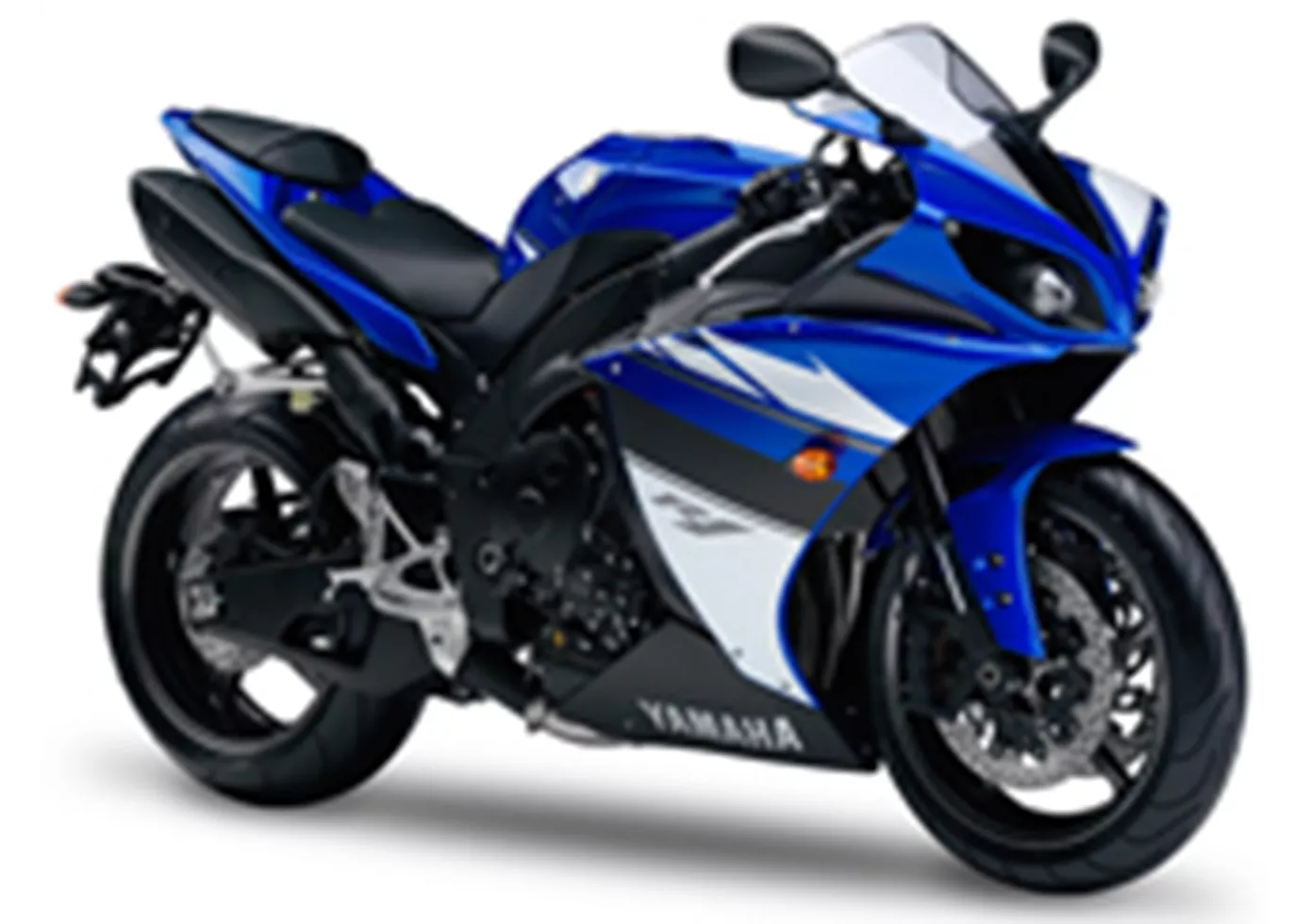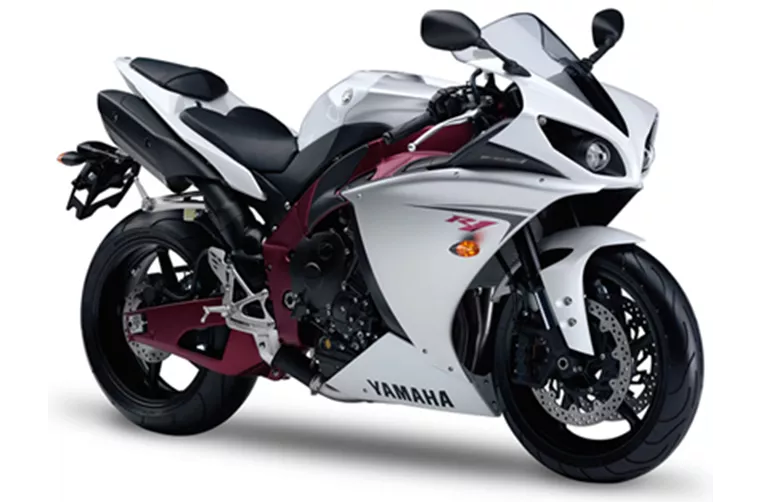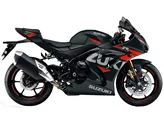Yamaha R1 2009 vs. Suzuki GSX-R 1000 2017

Yamaha R1 2009

Suzuki GSX-R 1000 2017
Overview - Yamaha R1 2009 vs Suzuki GSX-R 1000 2017
The Yamaha R1 model year 2009 and the Suzuki GSX-R 1000 model year 2017 are both supersport motorcycles with similar engine configurations and performance capabilities. However, there are notable differences between the two models that make each unique.
In terms of engine specifications, the Yamaha R1 2009 is equipped with a 998cc in-line four-cylinder engine, producing 182 horsepower and 115.5 Nm of torque. On the other hand, the Suzuki GSX-R 1000 2017 features a slightly larger 999cc in-line four-cylinder engine, delivering a more powerful 202 horsepower and 118 Nm of torque. This gives the Suzuki a clear advantage in terms of power output.
Both motorcycles feature DOHC (Double Overhead Camshaft) valve systems and aluminum frames, which contribute to their overall performance and handling characteristics. The Yamaha R1 2009 utilizes a Deltabox frame, while the Suzuki GSX-R 1000 2017 features a Twin Tube, Twin-Spar frame. Both frames are known for their rigidity and stability.

Yamaha R1 2009
In terms of suspension, the Yamaha R1 2009 is equipped with a telescopic fork front suspension and a swing arm rear suspension. The Suzuki GSX-R 1000 2017, on the other hand, features an upside-down telescopic fork front suspension and a swing arm rear suspension. While both suspension setups are capable of providing a smooth ride and responsive handling, the upside-down telescopic fork on the Suzuki may offer slightly better performance in terms of stability and control.
When it comes to braking, both motorcycles are equipped with double disk brakes at the front. This ensures strong and reliable stopping power, allowing riders to confidently navigate corners and control their speed.
In terms of dimensions and weights, both motorcycles have similar front and rear tire diameters of 17 inches. The Yamaha R1 2009 has a slightly longer wheelbase of 1415 mm compared to the 1410 mm wheelbase of the Suzuki GSX-R 1000 2017. Additionally, the seat height of the Yamaha R1 2009 is 835 mm, while the Suzuki GSX-R 1000 2017 has a slightly lower seat height of 825 mm. Both motorcycles have fuel tank capacities that are suitable for long rides, with the Yamaha R1 2009 having an 18-liter capacity and the Suzuki GSX-R 1000 2017 having a 17.5-liter capacity.

Suzuki GSX-R 1000 2017
In terms of strengths, the Yamaha R1 2009 is praised for its sophisticated sound, good power delivery, easy handling, hydraulic spring preload, and high level of workmanship. On the other hand, the Suzuki GSX-R 1000 2017 is commended for its high-revving engine, smooth torque curve, stability on corner exit and radius, great quickshifter, high-quality chassis, and performance on fast tracks.
As for weaknesses, the Yamaha R1 2009 is criticized for its suboptimal seating position and somewhat difficult cornering over long distances. The Suzuki GSX-R 1000 2017, on the other hand, is noted to have a non-adjustable engine brake, which may limit the customization options for riders.
In conclusion, while both the Yamaha R1 2009 and the Suzuki GSX-R 1000 2017 are powerful and capable supersport motorcycles, the Suzuki offers a higher power output and a more advanced suspension system. However, the Yamaha R1 2009 is praised for its sound, power delivery, and overall handling characteristics. Ultimately, the choice between the two models will depend on the rider's personal preferences and priorities.
Technical Specifications Yamaha R1 2009 compared to Suzuki GSX-R 1000 2017
Pros and Cons in comparison
Pros and Cons in comparison
Yamaha R1 2009

Of course, the new R1 engine also passed all the tough Yamaha stress tests and comes with the same guarantees as other Yamaha motorbikes. Because until now, it was precisely the issues of durability and reliability that prevented series production of such an engine.
Suzuki GSX-R 1000 2017

Suzuki has done a great job with the GSX-R 1000 2017. A super-strong motorbike with a fabulously smooth torque curve. Actually unbelievable at 202 hp! The chassis is of high quality and the electronics package has no tinsel but delivers top performance.
Price Comparison Avarage Market Price Yamaha R1 vs Suzuki GSX-R 1000
There are a few key differences between a Yamaha R1 2009 and a Suzuki GSX-R 1000 2017. It takes less time to sell a Yamaha R1 with 45 days compared to 121 days for a Suzuki GSX-R 1000. Since model year 2005 1000PS.de editors have written 80 reviews for the Yamaha R1 and 71 reviews for the Suzuki GSX-R 1000 since model year 2005. The first review for the Yamaha R1 was published on 4/28/2003 and now has more than 3,900 views. This compares to more than 7,100 views for the first review on Suzuki GSX-R 1000 published on 3/3/2004.


















